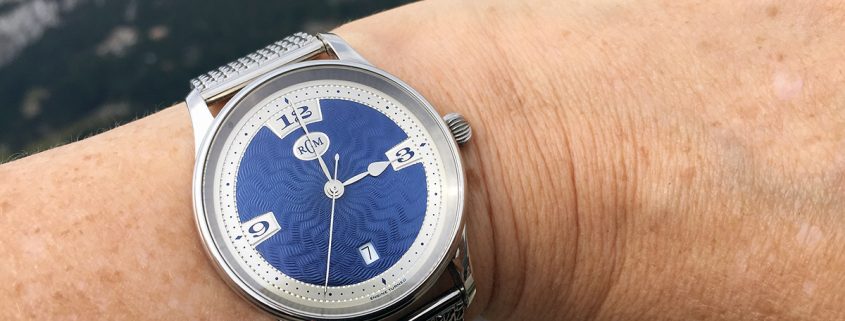Catching My First Wild Trout Fly Fishing in Scotland
On the third cast, the nymph hits the water with a distinct plop and there is a sharp tug on the line. I instinctively set the hook, a glint of gold and brown breaks the surface. I have just caught my first wild trout.








